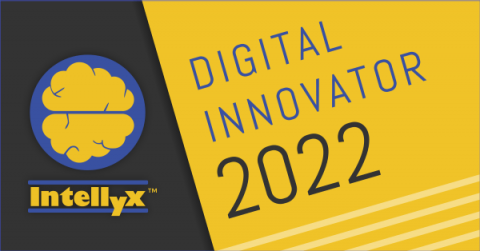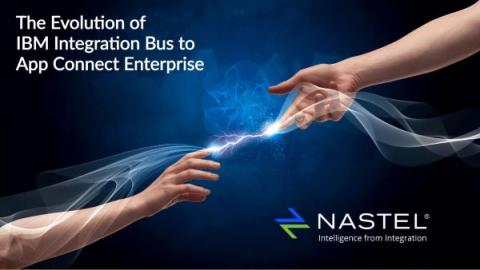mission-critical application
A mission-critical application is a software program or suite of related programs that must function continuously in order for a business or segment of a business to be successful. If a mission-critical application experiences even brief downtime, the negative consequences are likely to be financial. In addition to lost productivity, a mission-critical app’s failure to function may also damage the business’ reputation.







